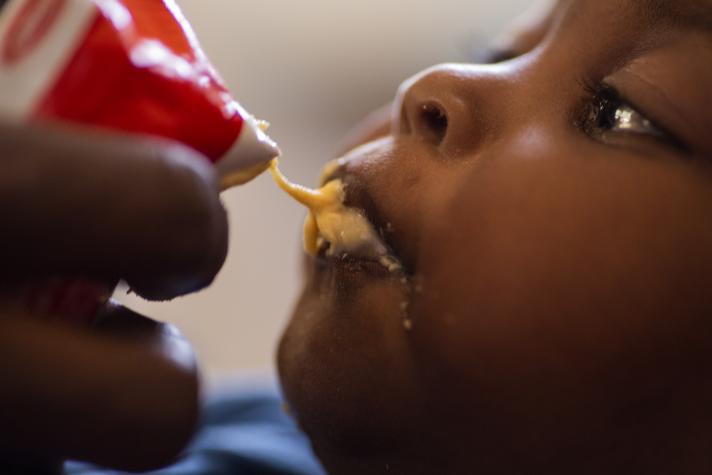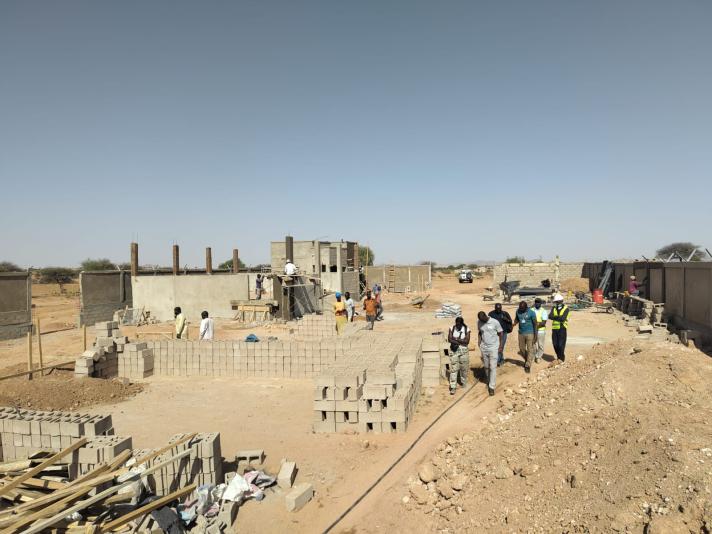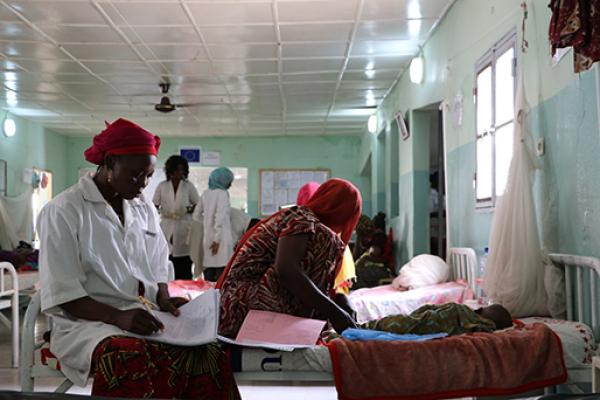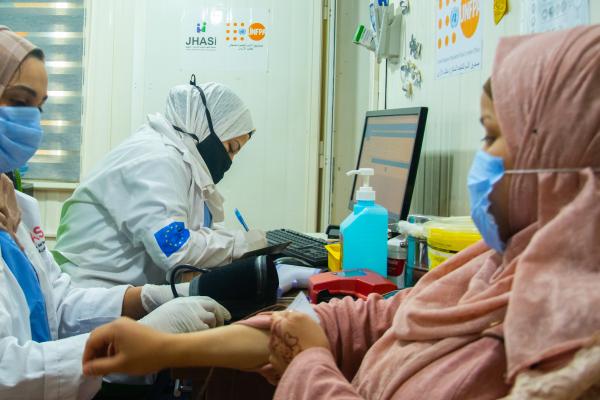From afar, the trees almost look as if they were decorated with oversized Christmas ornaments. But a closer look reveals a more sobering reality: plastic bags swept up by the wind and caught in their branches. This is a common sight in many African cities and villages – except where single-use plastics have been banned. Plastic pollution is a global problem, but dramatic improvements in areas where measures have been introduced show that solutions are possible.
‘One single humanitarian operation for 25,000 people can generate up to 10,000 kilograms of waste daily: not just paper and plastic but a complex mix of organic material, packaging, chemicals and more’, says Anja Pirjevec, environment expert for EU Humanitarian Aid. ‘This waste is often burned, buried or left to pile up, leading to long-term health and environmental risks.’
According to the United Nations Environment Programme (UNEP), which marks World Environment Day on 5 June, plastic pollution remains a major concern – yet also one of the most solvable of today’s environmental challenges.
So how can we reduce plastic pollution in humanitarian contexts, where saving lives is the foremost concern and where refugee camps and aid flights come with real environmental costs?
Progress is underway. Though much remains to be done, low-impact innovations are increasingly being tried and tested. EU Humanitarian Aid encourages its implementing partners to pilot and adopt environmentally friendly measures.
In eastern Chad, where over 1 million displaced people – including Sudanese refugees and Chadian returnees – have taken refuge in numerous camps and host communities, a waste management project has been launched in partnership with the Red Cross.
Among several interventions, a plastic waste processing and recycling unit is being set up to curb pollution and rid the camps and surrounding environment of waste. Some of the plastic will be transformed into tiles, which will be distributed to vulnerable families for the construction of household latrines.
In both Chad and Burkina Faso, the medical NGO ALIMA – funded by the EU to treat severely malnourished children – has been tackling plastic waste through an initiative known as Project PLASTIK.
Recognising that 2 critical components of healthcare and nutrition in sub-Saharan Africa (therapeutic food sachets and medical repackaging) were contributing significantly to plastic pollution, ALIMA launched the project with full EU backing.
Bright red and orange sachets of ready-to-use therapeutic food (RUTF) save millions of children every year. Since their invention in the late 1990s and roll-out at scale during the 2005 Niger food crisis, RUTFs have transformed the treatment of malnutrition, making it accessible, safe, and effective.
But their environmental impact is troubling. Along with other medical packaging, the sachets generate large volumes of waste. They end up in streets, trees and open fields. Non-biodegradable, they emit greenhouse gases when burned and pose hazards to humans and animals alike.
Since the start of Project PLASTIK in Burkina Faso, these sachets are now recycled into fuel. Pyrolysis – a process that breaks down materials without emitting greenhouse gases and is officially recognised by Burkina Faso’s Ministry of Environment – can transform 100 kilograms of sachets into 19 litres of fuel. This fuel is then used in health centres to incinerate infectious medical waste.
‘In essence, Project PLASTIK is a cycle: it transforms medical care sachets into fuel, which is then used to incinerate non-recyclable infectious medical waste’, says Dr Céline Estelle Beogo, coordinator of Project PLASTIK in Burkina Faso.
In Chad, ALIMA teams are testing another innovation: turning used sachets into bricks with high insulation properties for use in construction.
ALIMA also works closely with staff in health facilities to raise awareness about plastic pollution.
‘Together, we explore ways to minimise our carbon footprint’, says Dr Céline Estelle Beogo. ‘The local community is very involved – community relays are responsible for collecting and storing the used sachets, and health centre management committees raise awareness among clients and staff.’
This strong local engagement is key to sustainability. Health centre managers are not only convinced of the project’s benefits, but they are also committed to continuing the work well beyond the end of EU funding.









